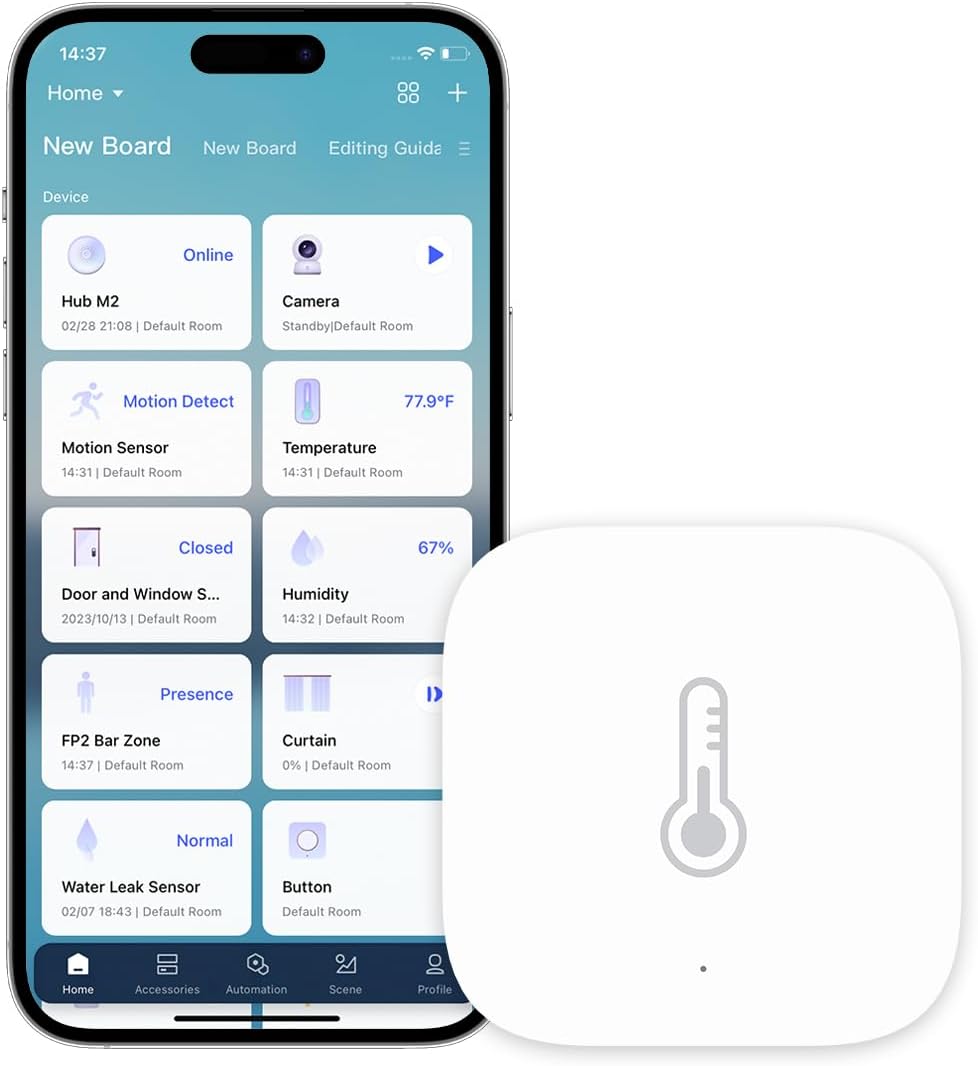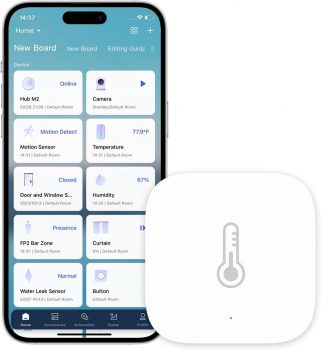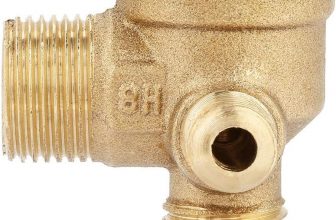
In today’s connected world, smart home devices are becoming essential for modern living. The Aqara Temperature and Humidity Sensor stands out as a key player in home automation, allowing you to monitor environmental conditions with ease. In this review, we will explore its features, advantages, and potential drawbacks to help you understand if it fits your home automation needs.
Product Features
| Feature | Description |
|---|---|
| Compatibility | Requires Aqara Hub, does not support third-party hubs. |
| Connection | Operates on a secured 2.4GHz Wi-Fi network for various Aqara hubs. |
| Data Transmission | Accurate temperature and humidity data sent to your device when within 400 inches of the hub. |
| Remote Monitoring | Sends push alerts for abnormal temperature or humidity, integrates with smart devices for automated responses. |
| Accuracy | Temperature detection accuracy of ±0.3℃ and humidity detection accuracy of ±3%. |
| Built-in Sensors | Includes a sensor for monitoring ambient air pressure. |
Product Overview
| Pros |
|---|
| High accuracy in temperature and humidity detection |
| Seamless integration with Apple HomeKit and Alexa |
| Real-time alerts for abnormal conditions |
| Well-built and reliable sensor technology |
| Cons |
|---|
| Requires an Aqara Hub, adding to overall cost |
| Limited range compared to some competitors |
| Not suitable for extreme temperature environments |
Understanding the Aqara Temperature and Humidity Sensor
The setup process for the Aqara Temperature and Humidity Sensor is quite straightforward, but there are several key aspects to consider for ensuring maximum efficiency. First, connect the sensor to your Aqara Hub using the Aqara Home app, which guides you through the process with easy-to-understand prompts. I found setting up the device quick and intuitive, allowing me to seamlessly add it to my existing smart home network.
A common hurdle is Wi-Fi interference, so placing the sensor away from any physical barriers or electronic devices is crucial. For troubleshooting, ensure your Aqara Hub is powered on and connected to your Wi-Fi network. Sometimes simply resetting the sensor and trying again does the trick.
Once installation is complete, setting alerts for temperature and humidity thresholds can significantly enhance your comfort. I recommend adjusting settings within the app to notify you when conditions are outside your preferred range, allowing for prompt actions. For instance, if humidity rises too high, you can automate your smart humidifier to turn off, or if the temperature dips, program your smart plugs to activate heaters.
Imagine coming home on a chilly day to a warm, cozy environment, all thanks to the sensor’s integration with your automation routines. Such real-world applications really illustrate how this sensor can transform everyday living, making it more comfortable and energy-efficient.
Setting Up and Utilizing the Sensor for Maximum Efficiency
Setting up the Aqara Temperature and Humidity Sensor is a straightforward process that enhances your smart home experience. First, after ensuring you have a compatible Aqara Hub, I recommend downloading the Aqara Home app. Once you install the app, create an account or log in if you already have one. From there, adding the sensor is as easy as tapping the “+” icon to select “Temperature and Humidity Sensor.” The app will guide you through pairing it via Zigbee technology, providing a stable connection.
During installation, place the sensor in a central location, ideally away from direct sunlight or any heating appliances to get accurate readings. If you encounter connectivity issues, ensure that your hub is within range or try resetting the sensor by pressing its button for several seconds.
To maximize the sensor’s utility, set alerts for temperature and humidity thresholds in the app. For instance, if you set a humidity alert above 60%, the app can notify you via push notifications when levels rise, prompting you to turn on a dehumidifier or a smart plug connected to a fan.
Imagine waking up in the morning to a notification that the temperature has fallen below your comfort level. With a few taps, I can activate a smart heater in my living room directly from the app. Similarly, I can automate my humidifier based on the needs of my indoor plants, ensuring they thrive without constant manual checks. These scenarios show just how seamlessly this sensor integrates into daily living, making it an essential component of my home automation setup.
Conclusions
In conclusion, the Aqara Temperature and Humidity Sensor is an excellent addition to any smart home setup, offering precise monitoring and easy integration with other smart devices. While it requires an additional hub, its features and automation capabilities make it worth considering for those looking to enhance their home environment.








